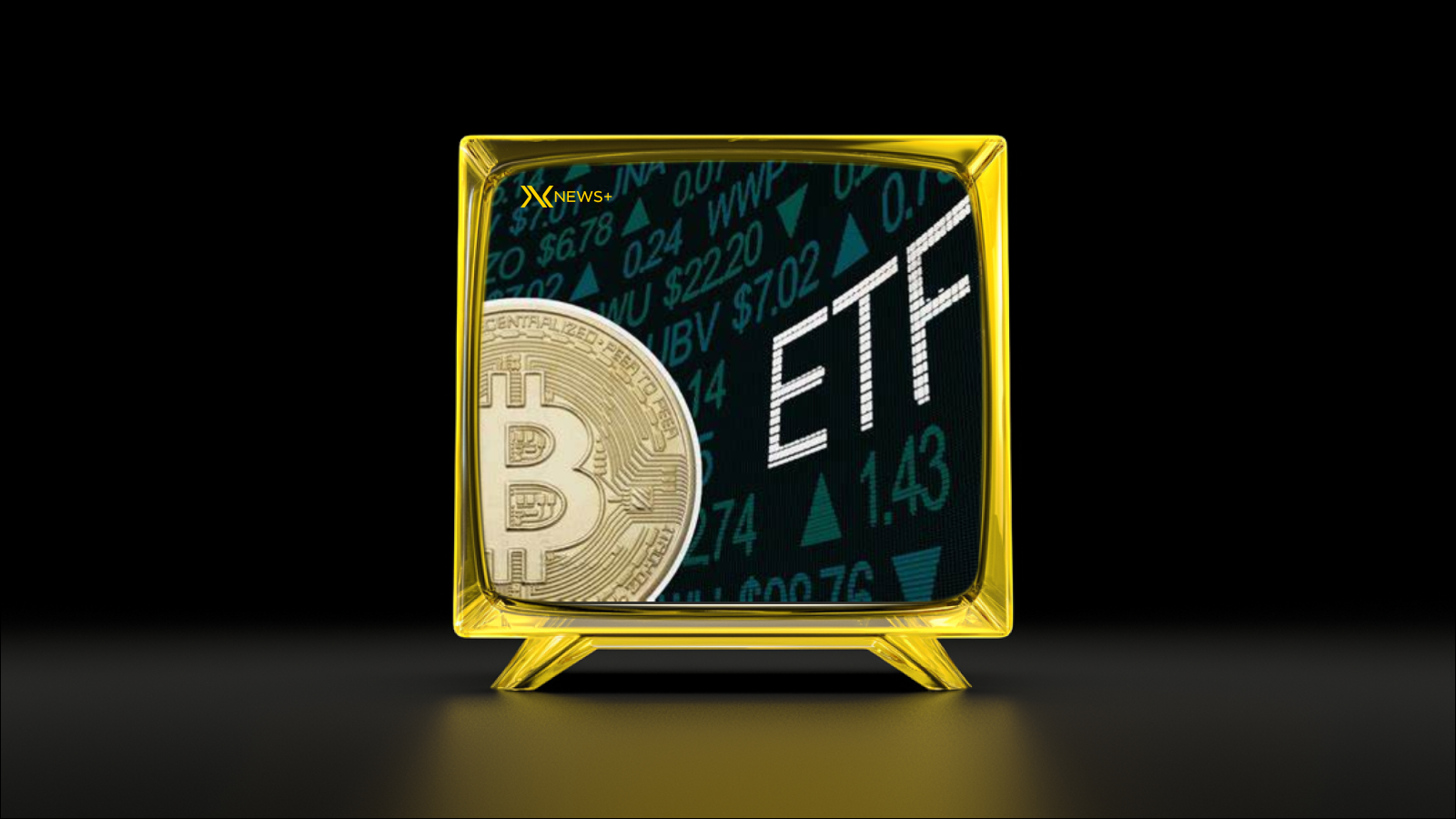The cryptocurrency market is experiencing significant turbulence as investors reassess the current landscape. Recent data indicates that the volatility seen in past years is beginning to stabilize, suggesting that the market may be maturing. However, this maturation comes amidst regulatory changes in crypto markets that could further alter investor sentiment and market dynamics.
Market behavior reflects a cautious outlook from investors, with many choosing to wait for clarity on policies before committing further funds. Prices for major cryptocurrencies like Bitcoin and Ethereum have shown a degree of resilience, yet fluctuations continue to be influenced by external factors, including geopolitical tensions and economic indicators.
Furthermore, trends in the cryptocurrency market trends highlight a shift toward institutional adoption, as large corporations and financial institutions explore blockchain technologies and digital assets. Despite this interest, skepticism surrounding inflated valuations raises questions about the long-term stability of the market.
As these developments unfold, investors are advised to stay informed about potential shifts that could arise from regulatory changes in crypto markets, affecting both trading environments and investment strategies. Understanding these factors will be crucial for navigating the complexities of the evolving crypto landscape.
Impact on Market Sectors: DeFi and NFTs
As the cryptocurrency market evolves, distinct sectors like Decentralized Finance (DeFi) and Non-Fungible Tokens (NFTs) are experiencing their unique challenges and opportunities amidst the broader trends. The slowdown in the cryptocurrency market has led to increased scrutiny of these sectors, given their rapid growth in recent years. Investors are re-evaluating their strategies, resulting in a more cautious approach to funding new projects in DeFi and NFT spaces.
DeFi platforms, which primarily rely on high liquidity and trading volumes, are grappling with the implications of regulatory changes in crypto markets. With new regulations potentially on the horizon, DeFi projects are facing pressure to ensure compliance while maintaining their decentralized ethos. This situation has, in part, contributed to investor hesitance, as many seek clarity before committing capital.
Meanwhile, the NFT market, often perceived as more speculative, is witnessing a shift as well. As valuations began reaching unsustainable levels, collectors and creators are reassessing the true utility of NFTs beyond mere speculation. A critical analysis of NFT projects now incorporates their practical applications and the long-term value they can bring.
Both sectors must adapt to the current market environment, which is heavily influenced by factors like inflation concerns and macroeconomic conditions. As the landscape changes, stakeholders will need to focus on innovation and sustainability to maintain relevance within the cryptocurrency market trends.
Regulatory Changes and Market Dynamics
The cryptocurrency market has always been subject to significant regulatory scrutiny, impacting various aspects of its growth and acceptance. Recent regulatory changes in crypto markets have been pivotal in molding the landscape, as authorities worldwide seek to impose stricter guidelines to safeguard investors and maintain financial stability. These adjustments have created ripples across the cryptocurrency market trends, influencing not only market valuations but also investor confidence.
For instance, countries such as the United States and the European Union have introduced frameworks aimed at improving transparency and reducing fraud. Such regulations often aim to address concerns related to anti-money laundering (AML) practices, investor protection, and taxation. As these regulations come into effect, they can lead to increased compliance costs for companies operating within the sector, which might subsequently lead to market consolidation as smaller players struggle to keep up.
Moreover, the dynamics within the market have shifted as regulatory bodies collaborate with industry leaders to create standards that encourage innovation while protecting consumers. This collective approach may foster a more stable environment, ultimately contributing to a healthier growth trajectory for the cryptocurrency market. However, the balance between regulation and innovation remains delicate, with ongoing debates on how to create a framework that supports technological advancements without stifling them.
The impact of regulatory changes on cryptocurrency market dynamics is profound. By shaping the legal environment in which cryptocurrencies operate, these regulations can dictate market behavior, influence investment strategies, and ultimately define the future of digital currencies. Stakeholders must stay vigilant and adaptive to these changes to capitalize on potential opportunities in this rapidly evolving landscape.
Looking Ahead: Key Updates for 2025
As we move further into 2025, several key developments are poised to shape the Cryptocurrency Market Trends. The landscape of cryptocurrencies is continuously evolving, and it is essential to stay informed of the potential shifts that could influence both investment strategies and regulatory frameworks.
One of the major themes for 2025 will be the ongoing Regulatory Changes in Crypto Markets. Governments worldwide are increasingly recognizing the need for a structured approach to cryptocurrency regulation. This is expected to provide a clearer framework for investors and businesses alike, ultimately enhancing market stability and attracting institutional interest.
Moreover, technological advancements will likely lead to innovative solutions that improve security and transaction efficiency. The rise of decentralized finance (DeFi) applications and non-fungible tokens (NFTs) may require new legal interpretations and frameworks, influencing how these assets are treated under existing regulations.
Additionally, as the mainstream adoption of cryptocurrencies grows, we can anticipate a more significant integration of digital assets within traditional financial markets. This could open up opportunities for collaboration between established financial institutions and crypto startups, further fuelling the overall growth of the sector.
2025 is set to be a pivotal year for the cryptocurrency market, driven by regulatory clarity, technological innovation, and increasing mainstream acceptance. Stakeholders in the industry must remain agile to adapt to these upcoming changes effectively.
Disclaimer
This article is for informational purposes only and should not be considered financial or investment advice. Cryptocurrency markets are volatile, and readers are encouraged to conduct their own research or consult a financial advisor before making any investment decisions.
Click for more Darkex News articles.





